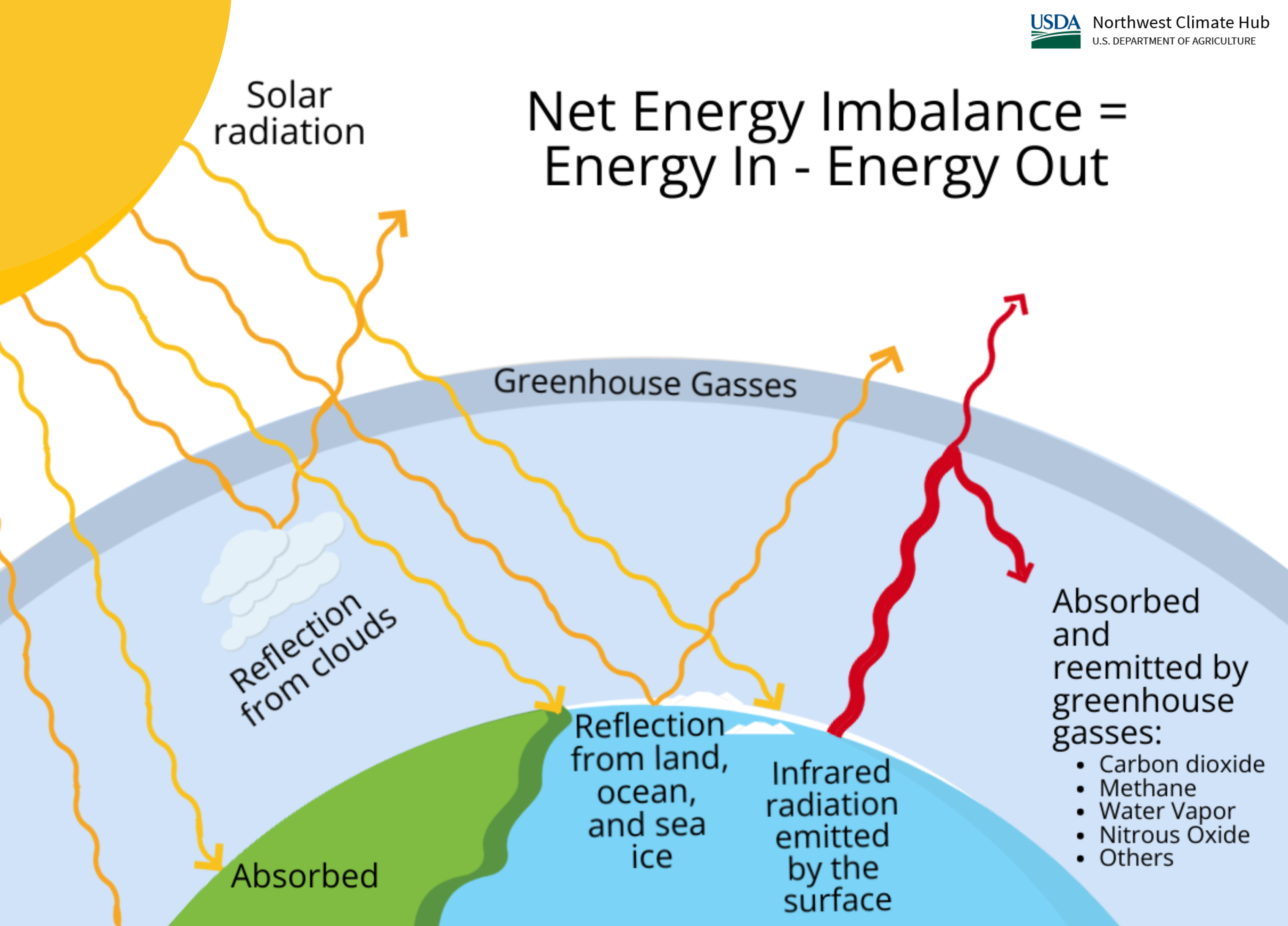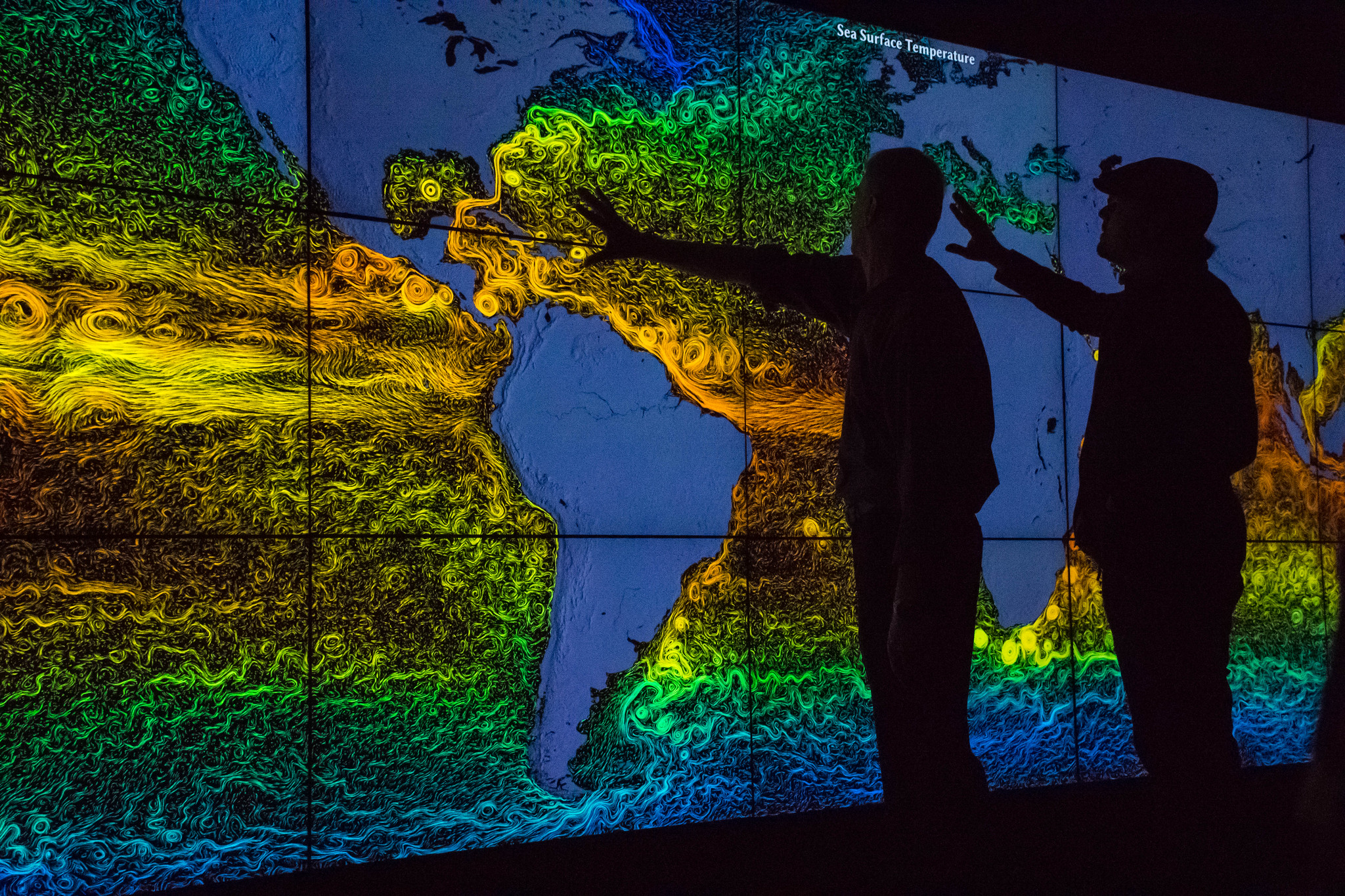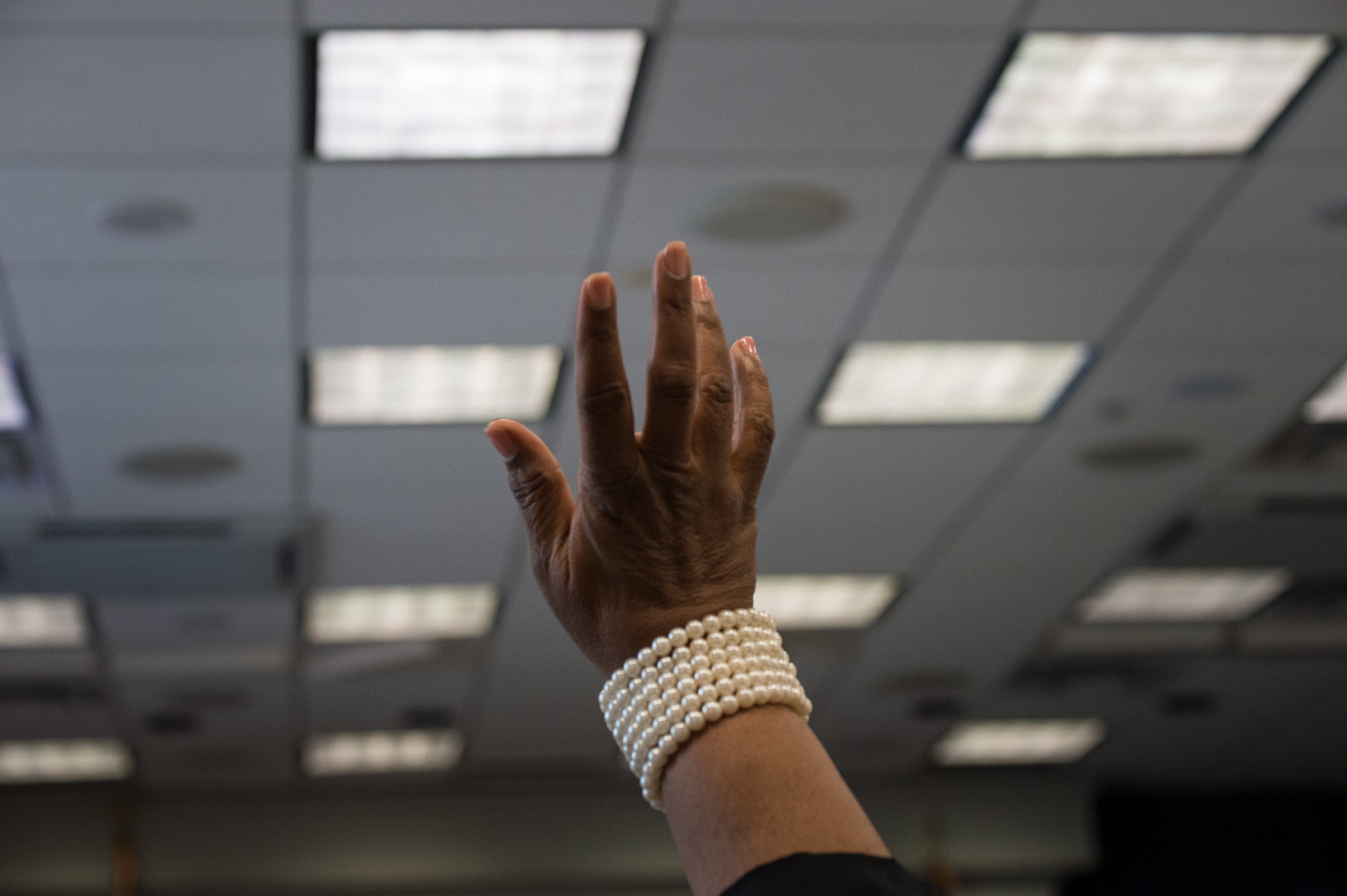Modern climate models were first developed by the World Climate Research Programme (WCRP) in 1990. The Coupled Model Intercomparison Project (CMIP) creates standards and sets experimental protocols for climate models. These protocols ensure that those who contribute to CMIP follow common standards, coordination, infrastructure, and documentation of their work. All models in CMIP follow similar guidelines about which input variables must be used and which output variables must be included. As our understanding of the natural world has improved, new editions or phases of climate models have been produced. The most recent and most used phases of climate models are the fifth and sixth phases of CMIP (CMIP5 and CMIP6, respectively).
Climate models are run under several different greenhouse gas emissions scenarios that represent different possible futures. Scenarios specified by CMIP provide all modeling groups the same information to use in their climate models. In CMIP6, scenarios are referred to as shared socioeconomic pathways, or SSPs. SSPs represent changes in population, economic growth, education, urbanization, and the rate of technological development that would affect future greenhouse gas emissions, providing a storyline of how we could reach certain levels of warming. SSPs are closely tied to the representative concentration pathways, or RCPs, the scenarios used in CMIP5, which are based entirely on greenhouse gas concentrations in the atmosphere. RCPs tell where we could end up without helping us understand the path we took to get there. SSPs and RCPs can be used by policy makers to plan for the type of future they hope to help create.
What do RCPs and SSPs represent?
Both SSPs and RCPs have numbers associated with them (e.g., RCP 4.5 or SSP5-8.5). The numbers represent the expected change in radiative forcing from the year 1750 to the end of the 21st century, 2100.
Radiative forcing is the change in the amount of net energy that enters Earth from solar radiation minus the energy that is reflected back or that the Earth emits, due to external drivers such as increased greenhouse gases and aerosols. If radiative forcing is positive (more energy comes in than goes out), the Earth warms. If it is negative (more energy goes out than comes in), the Earth cools. Changes in greenhouse gasses, cloud cover, and sea ice can all affect the balance of energy on Earth.
The Intergovernmental Panel on Climate Change (IPCC) uses 1750 as year “zero” because it predates the industrial revolution, and radiative forcing was considered mostly stable at that time. SSP5-8.5 represents an increase of 8.5 watts per meter squared (W/m2) between 1750 and 2100. RCP 4.5 would mean an increase of 4.5 W/m2 for the same time period.

How do shared socioeconomic pathways (SSPs) compare to representative concentration pathways (RCPs)?
SSPs, as outlined in CMIP6, are based upon the RCPs from CMIP5. The table below shows which SSP relates to which RCP and how it is described in CMIP6.
| SSP1 | RCP 1.9
RCP 2.6 |
~390
--- |
Sustainability: The world shifts gradually, but pervasively, toward a more sustainable path, emphasizing more inclusive development that respects perceived environmental boundaries. |
| SSP2 | RCP 4.5 | --- | Middle of the road: The world follows a path in which social, economic, and technological trends do not shift markedly from historical patterns. |
| SSP3 | RCP 7.0 | --- | Regional rivalry: A resurgent nationalism, concerns about competitiveness and security, and regional conflicts push countries to increasingly focus on domestic or, at most, regional issues. |
| SSP4 | RCP 3.4 | --- | Inequality: Highly unequal investments in human capital, combined with increasing disparities in economic opportunity and political power, lead to increasing inequalities and stratification both across and within countries. |
| SSP5 | RCP 8.5 | ~1130 | Fossil-fueled development: This world places increasing faith in competitive markets, innovation and participatory societies to produce rapid technological progress and development of human capital as the path to sustainable development. Global markets are increasingly integrated. |
-
Basics of Global Climate Models

-
FAQs about climate models


